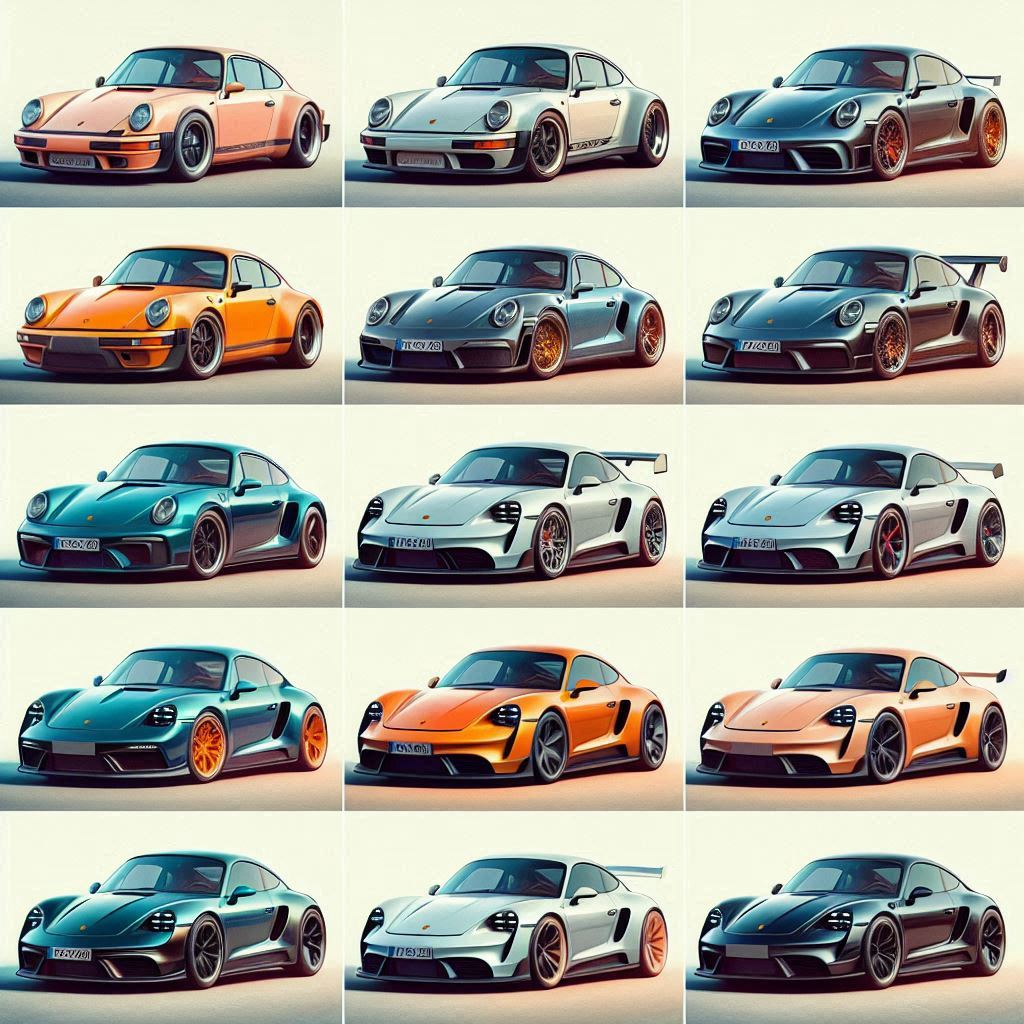Evolution of Porsche Design
Mercedes Porsche Mechanic | Midtown Auto Repair | Sacramento
P. 916.382.7700
The evolution of Porsche design is a captivating journey through decades of innovation, engineering excellence, and aesthetic refinement. Since its inception, Porsche has masterfully blended form and function, creating vehicles that are not only visually striking but also epitomize performance and precision.
The journey began with the Porsche 356, introduced in 1948. This model laid the foundation for Porsche’s design philosophy: simplicity, elegance, and aerodynamic efficiency. The 356’s rounded, almost beetle-like shape was both a nod to its Volkswagen roots and a pioneering step towards establishing Porsche’s distinct identity. Its lightweight construction and rear-engine layout set the precedent for future models.
The 1960s marked a significant milestone with the introduction of the Porsche 911. Unveiled in 1964, the 911 became the heart and soul of Porsche. Its iconic silhouette, characterized by its sloping roofline and pronounced rear fenders, has remained remarkably consistent over the decades. The 911’s design evolution is a testament to Porsche’s philosophy of continuous improvement. Each iteration brought enhancements in aerodynamics, safety, and technology while preserving the core elements that define the 911’s identity.
In the 1970s, Porsche ventured into new territories with the 914 and 928. The 914, a mid-engine sports car, showcased a departure from the traditional rear-engine layout, emphasizing balance and handling. The 928, introduced in 1977, was Porsche’s attempt at a grand tourer, featuring a front-engine, rear-wheel-drive configuration. Its sleek, futuristic design and luxurious interior marked Porsche’s ambition to blend performance with comfort.
The 1980s and 1990s saw the introduction of the Porsche 959 and Boxster, further cementing Porsche’s reputation for innovation. The 959, launched in 1986, was a technological marvel, incorporating advanced features like all-wheel drive and aerodynamics optimized through extensive wind tunnel testing. The Boxster, introduced in 1996, brought the classic roadster experience to a new generation, emphasizing balance and driving pleasure with its mid-engine layout.
In the 21st century, Porsche has continued to push boundaries with models like the Carrera GT, Panamera, and Taycan. The Carrera GT, launched in 2004, was a supercar that combined cutting-edge materials and engineering with a design that echoed the curves and lines of classic Porsches. The Panamera, introduced in 2009, expanded Porsche’s design language into the luxury sedan market, blending performance with practicality. The Taycan, unveiled in 2019, represents Porsche’s foray into the electric vehicle market, merging sustainable technology with the brand’s hallmark performance and design ethos.
Throughout its history, Porsche’s design evolution has been guided by a commitment to innovation, performance, and timeless aesthetics. Each model reflects a balance of heritage and progress, ensuring that while Porsche cars may evolve, their essence remains unmistakably Porsche.


